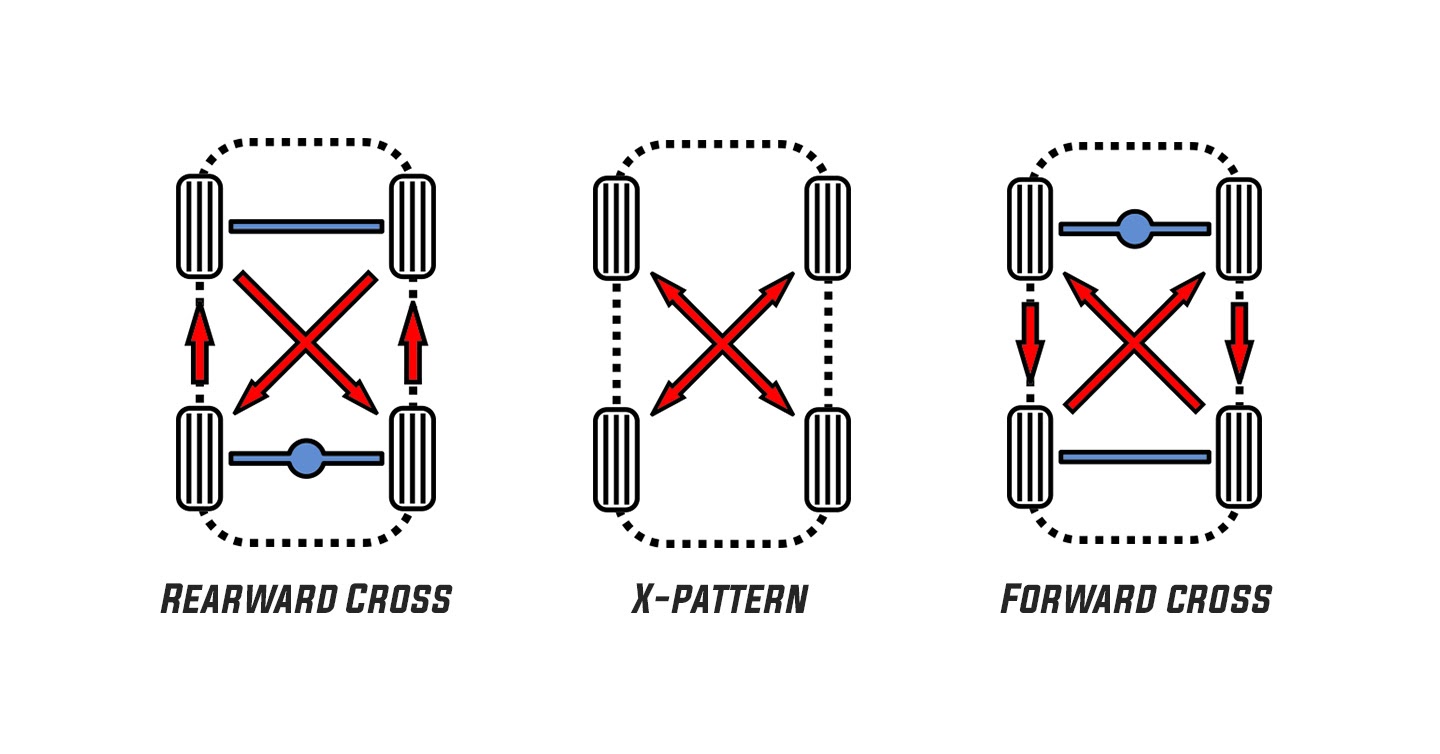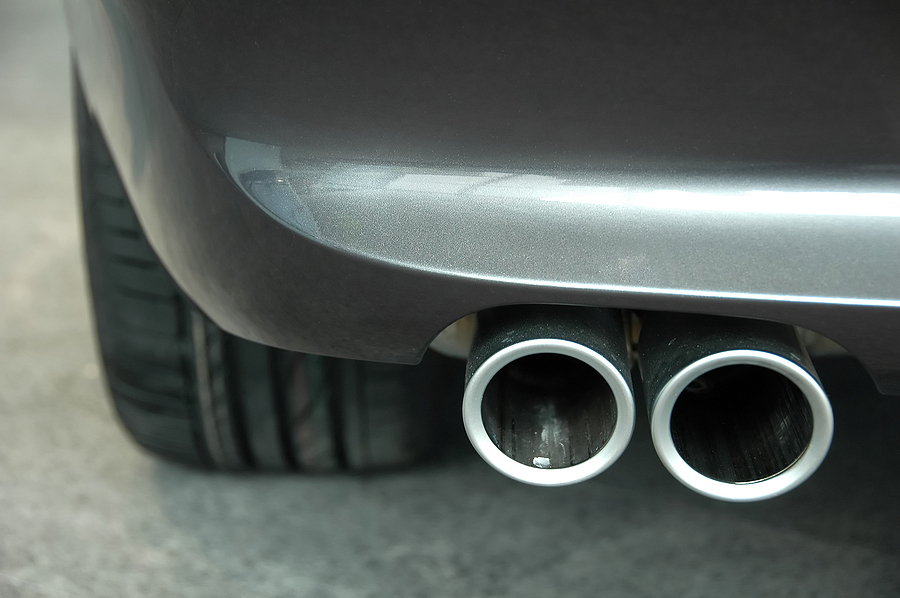Table of Contents
1. What is Tire Rotation?
Tire rotation is the practice of moving each tire from one position to another on a vehicle. This helps to ensure that the wear on the tires is evenly distributed. Because tires wear at different rates depending on their position on the vehicle, rotating them regularly prevents uneven tread wear, which can compromise safety and performance.
The typical tire rotation involves moving the front tires to the rear, and vice versa, while also changing their position from side to side. The specific rotation pattern can vary based on your vehicle’s drive type (front-wheel drive, rear-wheel drive, or all-wheel drive).
2. Why is Tire Rotation Important?
Regular tire rotation is important for several reasons, all of which contribute to your vehicle’s overall safety, performance, and cost-effectiveness. Here’s why tire rotation is essential:
a. Even Tire Wear
One of the primary reasons for rotating your tires is to promote even wear. In most vehicles, the front tires experience more wear than the rear ones, especially in front-wheel-drive cars where the front tires handle steering, braking, and acceleration. In rear-wheel-drive vehicles, the rear tires take on more responsibility. By rotating your tires, you distribute the wear more evenly, which helps maximize tire life and performance.
b. Improved Safety
Unevenly worn tires can affect your vehicle’s stability and handling, especially when turning, braking, or driving at high speeds. Tires with uneven wear patterns are more likely to lose traction, particularly on wet or slippery roads, increasing the risk of accidents. Regular https://sock itforward.com ensures that all tires wear evenly, which improves the vehicle’s handling, reduces the risk of blowouts, and helps maintain grip on the road.
c. Enhanced Fuel Efficiency
When your tires are unevenly worn, the vehicle may not drive as efficiently, and your engine might have to work harder to maintain speed. This can lead to increased fuel consumption. Rotating your tires ensures even contact with the road, leading to a smoother ride, less rolling resistance, and better fuel efficiency.
d. Cost Savings
Tires are a significant investment for any vehicle owner. Uneven tire wear can lead to premature tire replacement, which means you will need to replace tires more frequently than if they were rotated regularly. By maintaining even tire wear, you can extend the life of your tires and save money on replacements.
3. How Often Should You Rotate Your Tires?
The general recommendation for tire rotation is every 6,000 to 8,000 miles (approximately every 10,000 to 13,000 kilometers), but this can vary depending on your vehicle and tire type. Some vehicle manufacturers suggest rotating the tires at every oil change (typically every 3,000 to 5,000 miles), while others recommend rotating the tires at longer intervals.
If you’re unsure, consult your vehicle’s owner manual or ask a professional mechanic for guidance on the best interval for your specific make and model.
Additionally, if you notice any of the following signs, it may be time for a tire rotation sooner than usual:
- Uneven tire wear: If your tires are showing signs of uneven wear, it’s a good idea to rotate them.
- Vibrations: If you feel vibrations in the steering wheel or the vehicle’s overall ride, it could indicate uneven tire wear or alignment issues.
- Tire noise: Excessive or uneven tire noise, such as a humming or droning sound, can also signal uneven wear.
4. Tire Rotation Patterns
The specific tire rotation pattern depends on the type of vehicle and the type of tires it has. Here are the most common rotation patterns:
a. Forward Cross
This pattern is typically used for front-wheel-drive vehicles, where the front tires are moved to the rear and the rear tires are moved to the front but switched from side to side.
- Front left tire moves to the rear right.
- Front right tire moves to the rear left.
- Rear tires move straight forward.
b. Rearward Cross
This pattern is commonly used for rear-wheel-drive vehicles, where the rear tires are moved to the front and swapped from side to side.
- Rear left tire moves to the front right.
- Rear right tire moves to the front left.
- Front tires move straight to the rear.
c. X-Pattern
The X-pattern is often used for non-directional tires on either front-wheel-drive or rear-wheel-drive vehicles. It involves swapping the front tires with the rear tires while crossing sides.
- Front left tire moves to the rear right.
- Front right tire moves to the rear left.
- Rear tires move straight forward.
d. Two-Wheel Drive Vehicles
For vehicles that are two-wheel drive, whether front-wheel or rear-wheel, the rotation follows one of the above patterns (typically forward cross or rearward cross).
e. All-Wheel Drive (AWD) and Four-Wheel Drive (4WD) Vehicles
For AWD or 4WD vehicles, the rotation pattern can be more complex due to the drivetrain’s distribution of power to all four wheels. These vehicles may require a special tire rotation pattern or professional assistance. In general, a front-to-back and side-to-side rotation is often recommended.
- Front tires move to the back.
- Rear tires are swapped from side to side.
5. How to Rotate Your Tires
If you prefer to rotate your tires yourself, here are the steps you can follow:
- Lift the Vehicle: Use a car jack to lift the vehicle. Ensure the car is on a flat surface and engage the parking brake.
- Remove the Tires: Loosen the lug nuts on each tire using a lug wrench and remove the tires. Be sure to follow the appropriate rotation pattern for your vehicle.
- Inspect the Tires: Before reattaching the tires, inspect them for signs of wear, damage, or punctures. Check the tread depth to ensure they are safe to continue using.
- Reattach the Tires: Install the tires according to the rotation pattern, tightening the lug nuts by hand first and then using the lug wrench to securely tighten them in a crisscross pattern.
- Lower the Vehicle: Use the car jack to lower the vehicle back to the ground.
- Check Tire Pressure: Ensure the tire pressure is at the correct level for each tire.
It’s important to note that rotating your tires is a relatively simple maintenance task, but if you’re not comfortable doing it yourself, it’s best to take your vehicle to a professional mechanic for tire rotation.
6. Conclusion
Tire rotation is a simple yet crucial part of regular vehicle maintenance that promotes safety, efficiency, and cost savings. By ensuring your tires wear evenly, you’ll improve your vehicle’s handling, extend tire life, enhance fuel efficiency, and reduce the risk of accidents. Make sure to rotate your tires regularly and follow the recommended pattern for your specific vehicle to get the most out of your tires.
If you’re unsure when or how to rotate your tires, consult your vehicle’s manual or visit a trusted mechanic to keep your vehicle in top condition.




